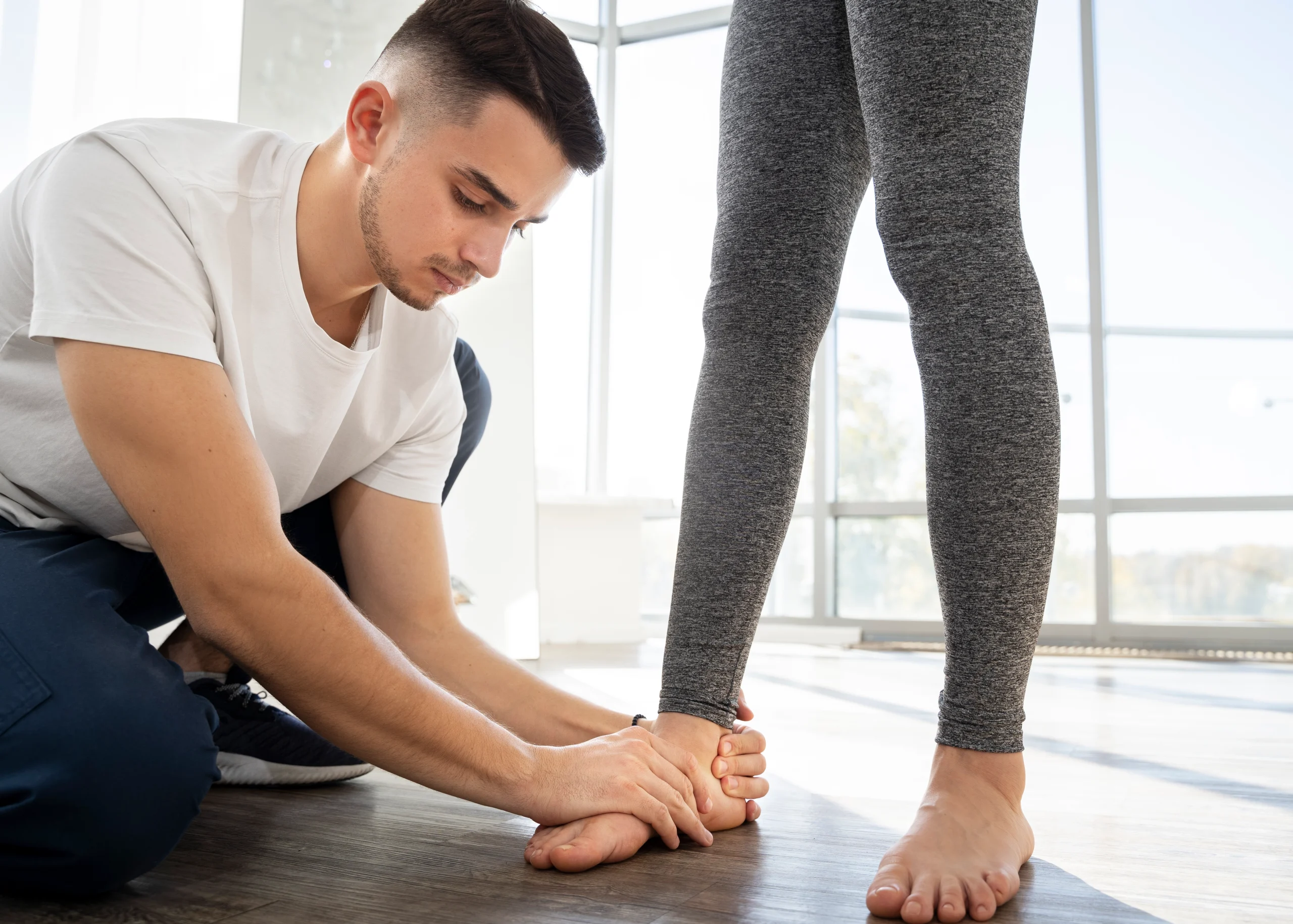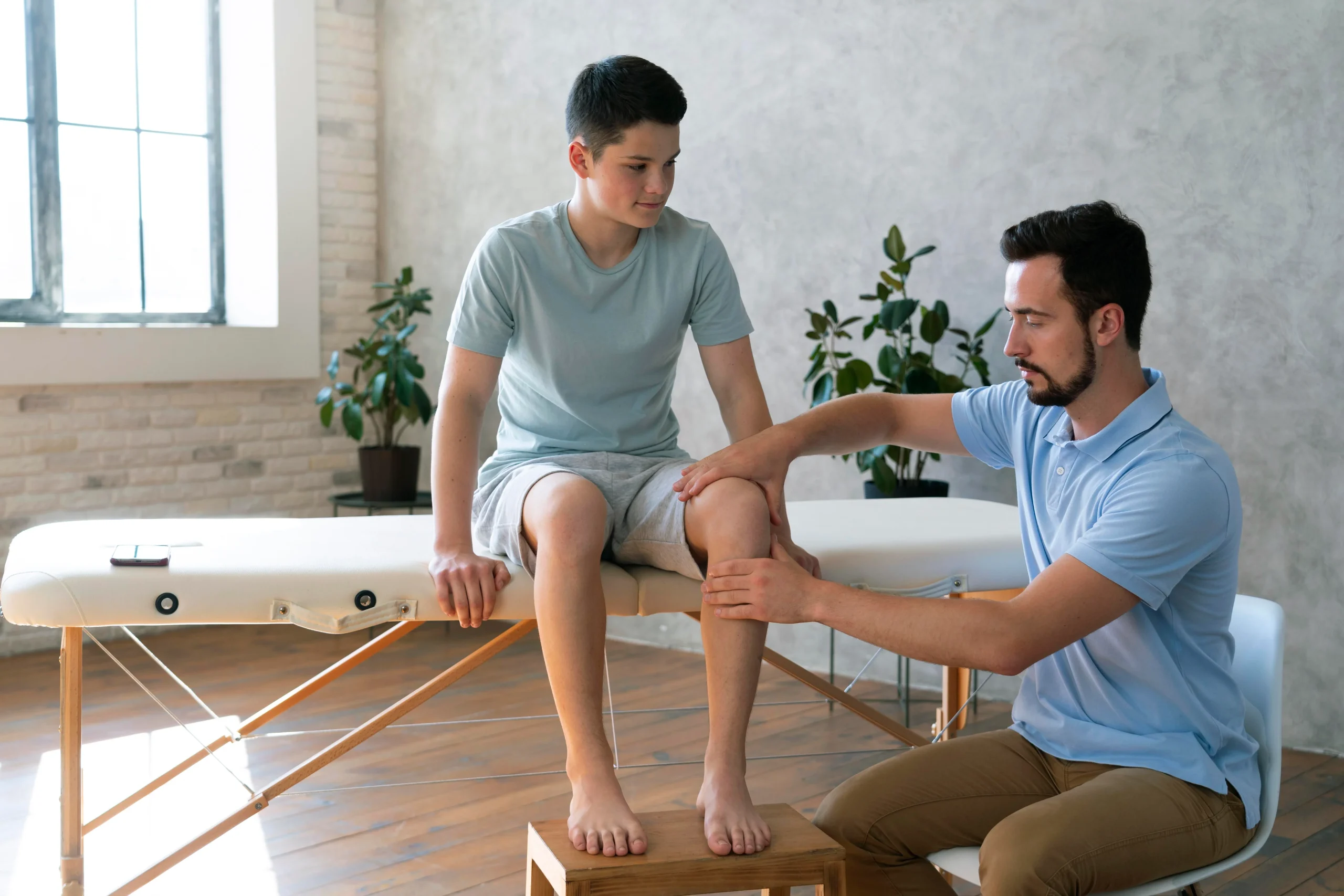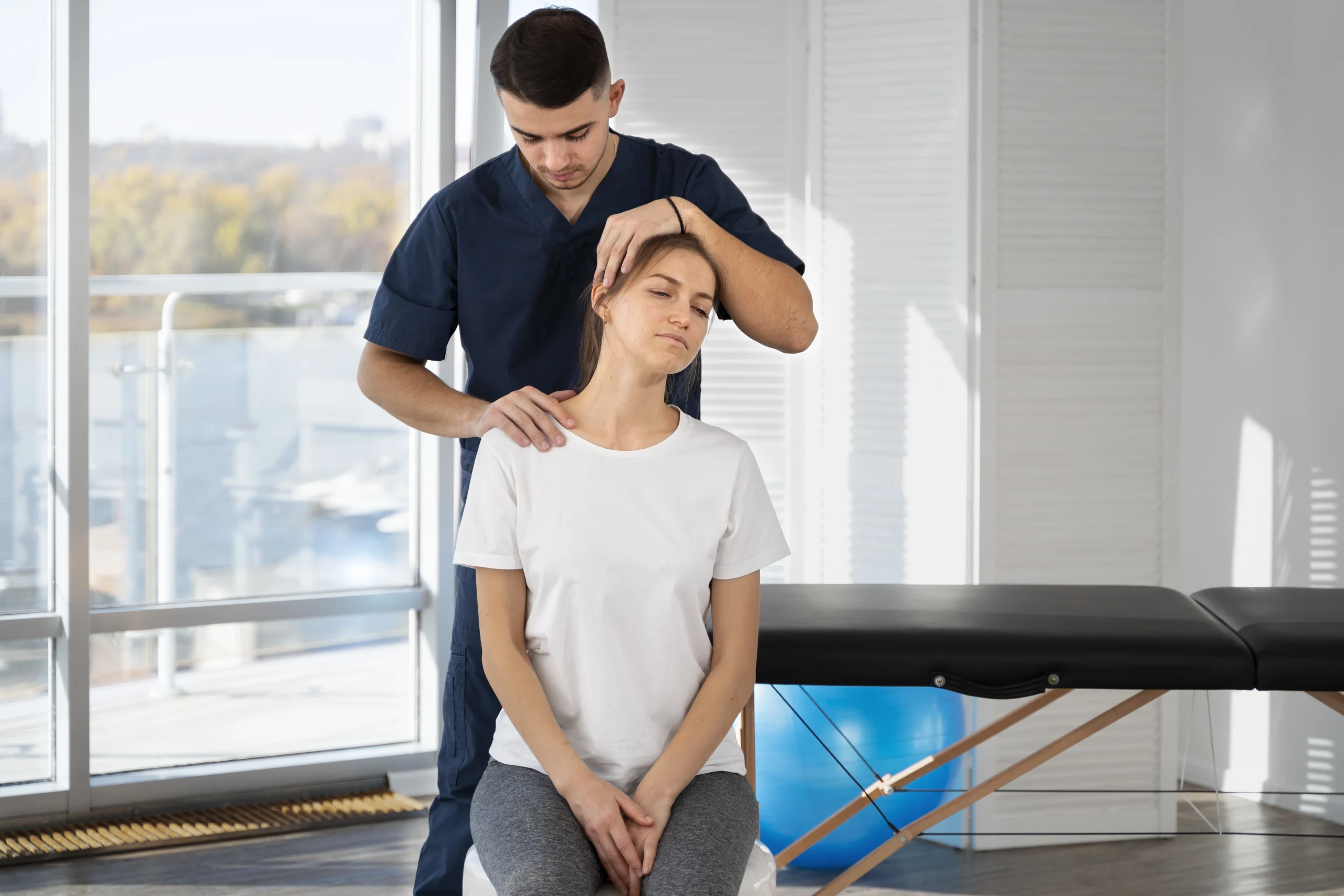
Top 10 Physiotherapy Exercises You Can Do at Home for Lower Back Pain
Lower back pain is one of the most common health problems today, affecting people of all ages. Whether caused by poor posture, long hours at a desk, muscle strain, or injury, back pain can make daily life challenging. Instead of relying only on painkillers, physiotherapy offers a safe and effective way to manage and prevent pain.
The best Physiotherapy Australia focuses on exercises that strengthen your muscles, improve flexibility, and reduce stiffness. The good news? Many of these physiotherapy exercises can be done at home with little or no equipment.
In this guide, we’ll share the top 10 physiotherapy exercises for lower back pain relief and tips on how to use them safely.
Why Physiotherapy Exercises Help Lower Back Pain
Physiotherapy for lower back pain goes beyond quick fixes—it targets the root cause. By strengthening the core, back, and surrounding muscles, you improve spinal support and posture. Stretching exercises release tension, reduce stiffness, and enhance flexibility.
With regular practice, physiotherapist recommended exercises can:
- Relieve existing pain
- Improve posture and body alignment
- Prevent recurring back problems
- Build long-term strength for daily activities
These back pain relief exercises are safe and effective when done consistently.
Precautions Before Starting
Before you begin, keep these tips in mind:
- If your pain is severe or accompanied by numbness/tingling, consult a physiotherapist first.
- Start slowly and increase intensity gradually.
- Perform each movement with proper form to avoid injury.
Stop immediately if the exercise worsens your pain.
Top 10 Physiotherapy Exercises for Lower Back Pain Relief
Here are the most effective physiotherapy treatment for back pain you can try at home:
Pelvic Tilts
- Lie on your back with knees bent and feet flat.
- Tighten your abdominal muscles and flatten your back against the floor.
- Hold for 5 seconds, then release.
Repeat 10–15 times.
Benefit: Strengthens core muscles and supports the spine.
Knee-to-Chest Stretch
- Lie on your back with knees bent.
- Bring one knee to your chest while keeping the other foot flat.
Hold for 15–20 seconds, then switch legs.
Benefit: Relieves tension in the lower back.
Cat-Cow Stretch
- Begin on hands and knees.
- Arch your back upward (cat) and then drop your belly down (cow).
Repeat for 30–60 seconds.
Benefit: Improves flexibility and posture.
Bridge Exercise
- Lie on your back with knees bent.
- Lift your hips towards the ceiling, forming a straight line from shoulders to knees.
Hold for 5 seconds, lower slowly.
Benefit: Strengthens glutes and lower back stability.
Child’s Pose (Yoga Stretch)
- Kneel on the floor, sit back on your heels, and stretch arms forward.
Relax and hold for 30 seconds.
Benefit: Provides gentle spine and back stretch.
Seated Spinal Twist
- Sit on the floor, legs extended.
- Cross one leg over the other and twist your torso towards the bent knee.
Hold 15–20 seconds per side.
Benefit: Increases spinal mobility and relieves stiffness.
Wall Sits
- Stand with your back against a wall.
- Slide down into a seated position, knees at 90 degrees.
Benefit: Strengthens legs and lower back support muscles.- Stand with your back against a wall.
Bird-Dog Exercise
- Begin on hands and knees.
- Extend your right arm forward and left leg back, keeping balance.
Hold for 5 seconds, then switch.
Benefit: Improves core stability and back strength.- Begin on hands and knees.
Partial Crunches
- Lie on your back, knees bent.
- Cross arms over chest and gently lift shoulders off the floor.
Repeat 8–10 times.
Benefit: Strengthens abdominal muscles to support the spine.- Lie on your back, knees bent.
Hamstring Stretches
- Lie on your back, lift one leg up and hold behind the thigh.
- Keep leg straight and stretch gently.
Benefit: Reduces hamstring tightness linked to back pain.- Lie on your back, lift one leg up and hold behind the thigh.
Tips for Effective Home Physiotherapy Exercises
- Stay consistent—do these daily for best results.
- Combine with posture correction (sitting/standing tall).
- Use a yoga mat for comfort and support.
- Pair with a healthy lifestyle—balanced diet, regular movement, and adequate rest.
And remember: for personalized treatment, the best Physiotherapy Australia can guide you with customized exercise plans.
When to See a Physiotherapist
While home exercises are effective, you should seek professional help if:
- Pain continues for more than a few weeks.
- Pain radiates to your legs or causes numbness.
- Exercises worsen your condition.
- You need tailored recovery after an injury.
A licensed physiotherapist can design a program specific to your condition and provide hands-on treatment.
How to Find the Best Physiotherapist in Australia
Choosing the right physiotherapist ensures better results. Look for:
- Accreditation & Experience – AHPRA-registered professionals.
- Specialisation – Focus on musculoskeletal or spinal care.
- Physiotherapy Reviews – Positive feedback from past patients.
- Clinic Facilities – Modern techniques and equipment.
For reliable care, always consult the best physiotherapy Australia for long-term back pain relief.
Conclusion
Lower back pain doesn’t have to control your life. With these top 10 physiotherapy exercises, you can relieve pain, strengthen your back, and prevent future injuries—all from the comfort of your home.
Still struggling with ongoing pain? A professional physiotherapist can assess your condition and design a tailored treatment plan.
Take the first step today—book an appointment with the best physiotherapy Australia and enjoy a pain-free, active lifestyle.
Table of Contents
Recent Post
-
 10 Most Common Physiotherapy Treatments and How They Help You Recover Faster10 Nov 2025 Physiotherapist
10 Most Common Physiotherapy Treatments and How They Help You Recover Faster10 Nov 2025 Physiotherapist -
 Affordable Podiatrist in Sydney – Quality Care Without the High Cost04 Nov 2025 Podiatrist
Affordable Podiatrist in Sydney – Quality Care Without the High Cost04 Nov 2025 Podiatrist -
 Affordable Physiotherapist in Sydney – Quality Care Without the High Cost27 Oct 2025 Physiotherapist
Affordable Physiotherapist in Sydney – Quality Care Without the High Cost27 Oct 2025 Physiotherapist -
 How to Choose the Right Physiotherapist in Australia15 Oct 2025 Physiotherapist
How to Choose the Right Physiotherapist in Australia15 Oct 2025 Physiotherapist -
 How to Find a Reliable Podiatrist in Sydney CBD08 Oct 2025 Podiatrist
How to Find a Reliable Podiatrist in Sydney CBD08 Oct 2025 Podiatrist